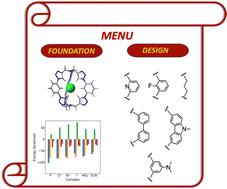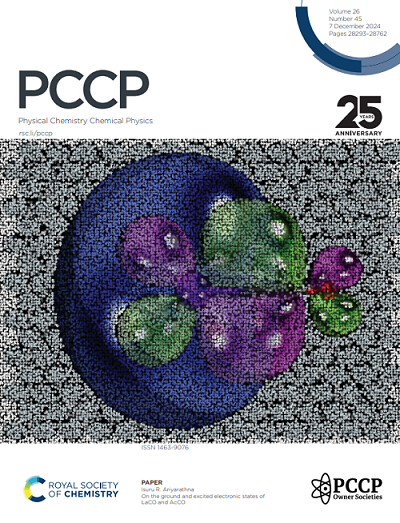Computer-aided design of triazolo-cages as anion receptors
IF 2.9
3区 化学
Q3 CHEMISTRY, PHYSICAL
引用次数: 0
Abstract
Molecular cages with three-dimensional cavities have garnered significant interest due to their enhanced encapsulation abilities. In this study, we computationally investigate the binding behavior of a triazolo-cage receptor composed of alternating triazole and phenyl building blocks. With six different anions, including atomic (F−, Cl−, Br−, and I−), linear (SCN−), and trigonal planar (NO3−) geometries, we analyze the binding selectivity of the parent cage with DFT calculations. The influence of solvation on binding strength is investigated by calculating binding free energies in both gas phase and six solvent environments of progressively increasing dielectric constants. Symmetry-Adapted Perturbation Theory (SAPT) analysis reveals that electrostatic interactions dominate the binding process. Additionally, we perform computer-aided design to generate a series of new cage receptors with diverse functionalities, and our findings highlight the tunable chloride affinity achieved by adjusting various cage properties. Overall, this study offers insights into the design of novel cage receptors with versatile functionalities and provides a strategic approach to the rational design of anion receptors.

求助全文
约1分钟内获得全文
求助全文
来源期刊

Physical Chemistry Chemical Physics
化学-物理:原子、分子和化学物理
CiteScore
5.50
自引率
9.10%
发文量
2675
审稿时长
2.0 months
期刊介绍:
Physical Chemistry Chemical Physics (PCCP) is an international journal co-owned by 19 physical chemistry and physics societies from around the world. This journal publishes original, cutting-edge research in physical chemistry, chemical physics and biophysical chemistry. To be suitable for publication in PCCP, articles must include significant innovation and/or insight into physical chemistry; this is the most important criterion that reviewers and Editors will judge against when evaluating submissions.
The journal has a broad scope and welcomes contributions spanning experiment, theory, computation and data science. Topical coverage includes spectroscopy, dynamics, kinetics, statistical mechanics, thermodynamics, electrochemistry, catalysis, surface science, quantum mechanics, quantum computing and machine learning. Interdisciplinary research areas such as polymers and soft matter, materials, nanoscience, energy, surfaces/interfaces, and biophysical chemistry are welcomed if they demonstrate significant innovation and/or insight into physical chemistry. Joined experimental/theoretical studies are particularly appreciated when complementary and based on up-to-date approaches.
 求助内容:
求助内容: 应助结果提醒方式:
应助结果提醒方式:


